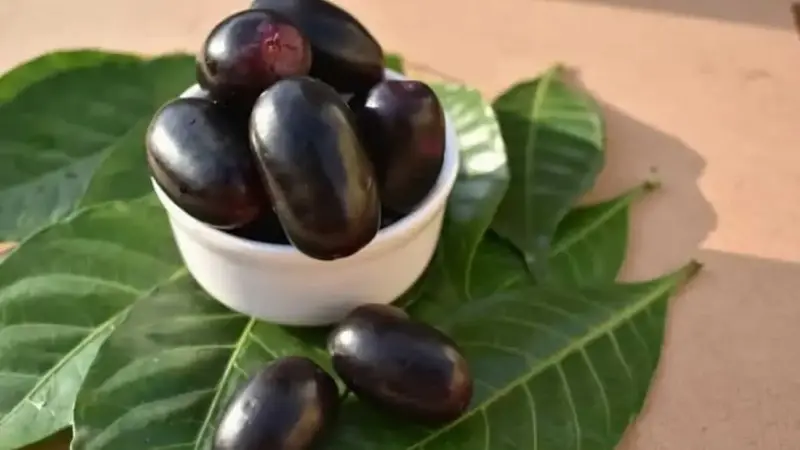
There are fruits you find all year round, and then there are fruits that only show up when it rains. The taste of some of them you might remember from school days or street corners. Some come and go so fast that if you don’t eat them when you see them, you won’t get another chance till the next year.
You don’t need a long recipe book or a kitchen full of tools to enjoy monsoon fruits. Many of them just need salt or a bit of jaggery, or maybe one spice that’s already in your masala box. These are not fancy meals. They are small things you can make when it’s wet outside, and you don’t feel like cooking much. Most of them don’t take more than ten minutes to put together. The taste is worth more than the time it takes.
Here are six monsoon fruits you’ll find in Indian markets right now and the easiest ways you can enjoy them at home.
1. Jamun Kala Namak Chaat
Jamun tastes sharp at first but becomes sweet if you let it sit for a minute. The black stain it leaves on your tongue is part of the fun. You don’t need to do much with jamun. Just take a bowl full and remove the seeds if you want. Sprinkle a pinch of kala namak. Squeeze half a lemon over it. Toss it once and let it rest for five minutes. The salt pulls out the juice and makes it tangier. Some people like adding a bit of roasted jeera powder too, but even without it, it works fine. Eat it cold if you want to feel like you’re still a kid waiting at the fruit cart outside school.
2. Poached Pear In Jaggery Syrup
Pears in the monsoon can be dry or too soft, depending on when you buy them. If you end up with pears that are slightly hard and not sweet enough, poaching helps. Cut the pear into quarters. Don’t peel the skin if it looks clean. In a small pot, add half a cup of water and one tablespoon of jaggery. Add one clove and a small piece of cinnamon if you like that flavour. Let the syrup simmer, then drop the pears in and cook on a low flame till soft. The jaggery syrup thickens and coats the fruit. You can eat it warm or chill it and pour some over curd the next morning.
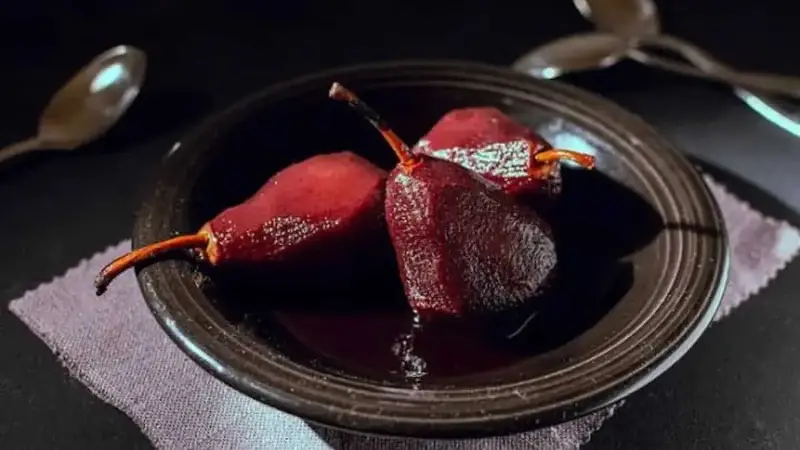
3. Chikoo And Cinnamon Milkshake
Chikoo shows up more during the late monsoon in some parts of India, especially in Maharashtra and Gujarat. It’s grainy and sweet, and it doesn’t need sugar. Peel the chikoos and remove the seeds. Blend with cold milk and a small pinch of cinnamon. You can add soaked almonds if you want it richer. There is no need to add ice to it. The milkshake tastes best thick, like something you’d drink straight from a steel glass. Some people add a dash of cardamom instead of cinnamon, and that works, too.
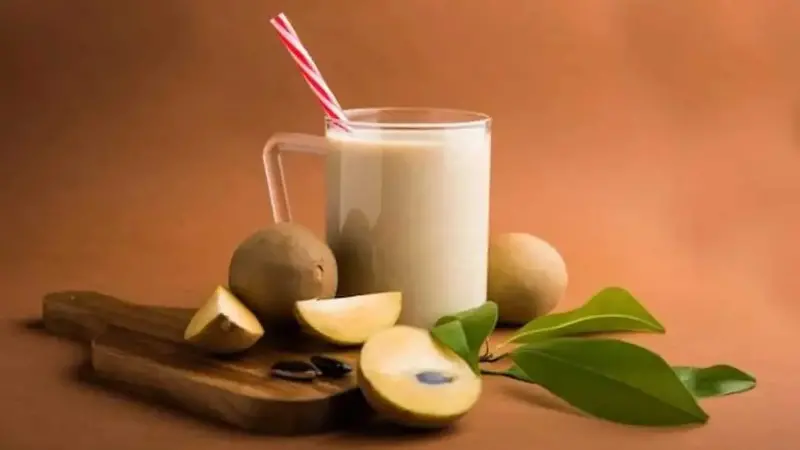
4. Fresh Lychee And Mint Cooler
Lychee is one of those fruits that gets spoiled fast, especially in humid weather. So the best thing to do is use it the day you buy it. Peel the lychees and remove the seeds. Add a handful of leaves from a fresh mint bunch. Crush them together with a spoon or in a mixer. Add some cold water, a spoonful of honey, and a few drops of lemon juice. Strain if you want it smooth or drink it as is. This is a good cooler for the muggy days when the rain has paused, but the heat hasn’t gone away yet.
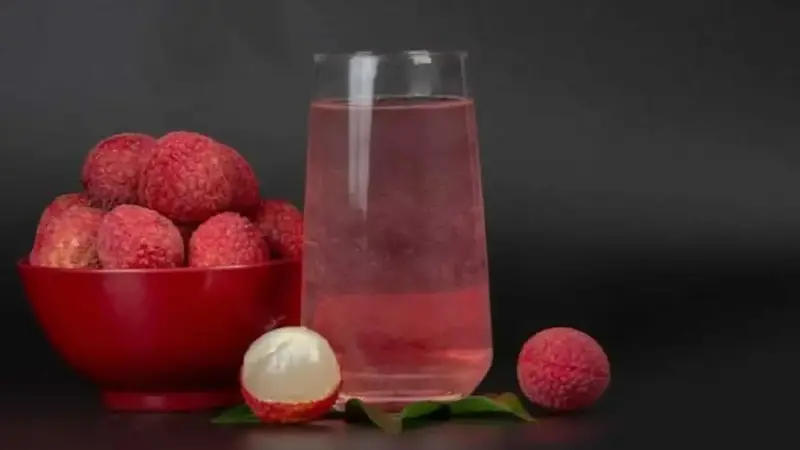
Also read: Regional Alcoholic Beverages You Should Indulge In During Indian Monsoon
5. Pan-Roasted Peach With Honey
Peaches can feel a bit sour or soft too soon. Roasting them lightly brings out their flavour. Cut the peach into thick slices. Heat a flat pan and add a small spoonful of ghee or butter. Place the slices and let them roast on a low flame till they get slightly browned on both sides. Drizzle a little honey over them while still warm. You can eat them like this or place them on top of toast or mix them into porridge. The taste is a mix of soft, sweet, and smoky. Perfect for a monsoon breakfast or evening snack when it’s raining outside and you don’t want anything heavy.
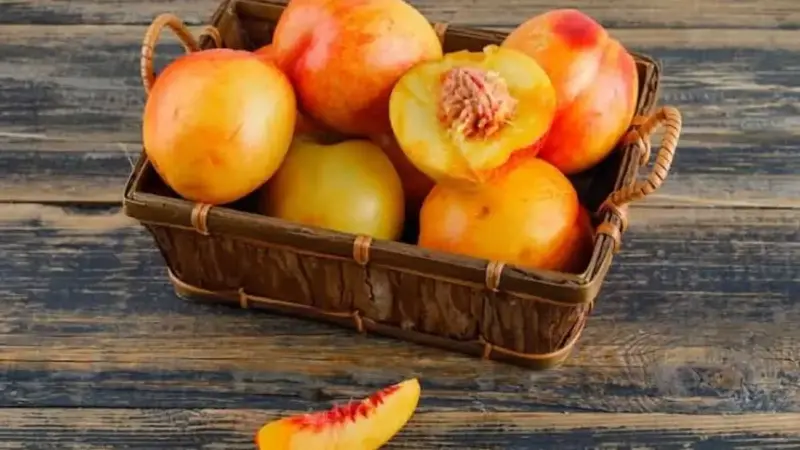
6. Papaya And Lime Salad With Toasted Coconut
Papaya is available throughout the year, but the local ones that ripen during the rains feel softer and more flavourful. Cut ripe papaya into cubes. Add a squeeze of fresh lime. Sprinkle some roasted coconut on top. If you don’t have fresh coconut, dry-grated one or toasted on a pan also works. This salad doesn’t need salt or sugar. The sour lime and sweet papaya balance each other. It’s light, filling, and good when your stomach feels upset or heavy from the fried monsoon snacks.
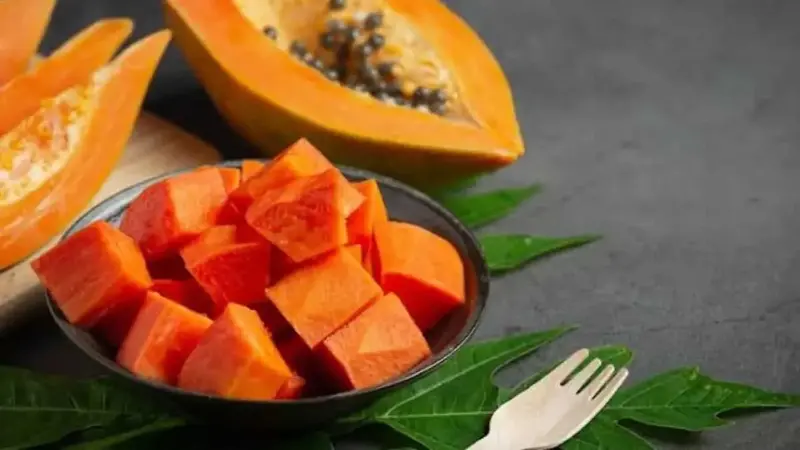
Conclusion
Monsoon fruits are best eaten simply, with no need for complicated recipes or oven timings. The idea is to enjoy them while they’re around because most of them don’t stay for long. Each one has its taste that changes with just a pinch of salt or a squeeze of lime. These six ideas are only a few, but there are many more, depending on where you live and what the fruitwallah brings to your door. Try them while the skies are grey and the markets are full. Next season, they may taste different again.
